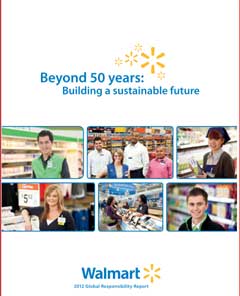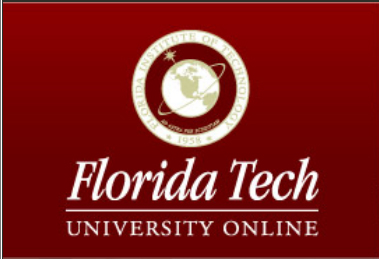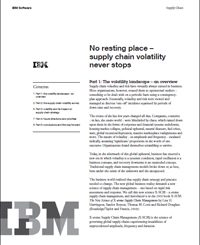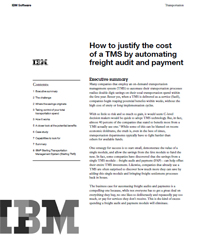 |
April 26, 2012 - Supply Chain Newsletter |
 |
This Week In SCDigest
FEATURED SPONSOR: University of San Francisco |
||
|
|
|||||||||||||||||||||||||||||||||||||||||||||||||||||||
Upcoming Videocast:
Part 2 - Surviving The
End of Cheap Oil
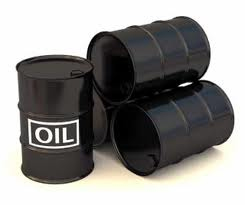
Conserve, Cooperate, Get Lean With Chuck Taylor's Peak Oil Checklist
Featuring Chuck Taylor, Former Transportation Executive, Founder of Awake!, and Peak Oil Prophet; Greg Holder, CEO and Founder, Compliance Networks; and Kevin Harris, Director, Compliance Networks
New Upcoming Videocast:
Time for Voice 2.0 in the
Distribution Center?
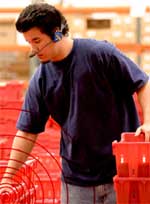
Featuring Details from a New Aberdeen Research Report on What Early Voice Adopters are Planning Now
Featuring Steve Gerrard of Voxware and Mark Wheeler of Motorola Solutions
Important Research Project:
Building the Supply Chain
from the Shelf Back

These responses will be aggregated and become part of a new report on Building the Supply Chain from the Shelf Back to be released later this Spring.
Can you please help by taking this quick 10 minute survey? All respondents will receive a summary of the data in just a few weeks.
We received a goodhandful of letters based on our recent piece on TheGreenSupplyChain.com on an article in the Wall Street Journal by Princeton's Willam Happer, who says temperatures haven't risen for a decade. See More Controversy Over Global Temperatures, as No Warming for a Decade. That includes our Feedback of the Week from Rick Merritt of American TV, a long time reader, who basically says Happer and by extention us are nuts. You will find that letter and a few others below.
Feedback of the Week: On Happer and Global Warming: |
||
Please don't start an item on an important topic by saying you have no dog in the fight, then continue with a one-sided and poorly supported argument. Rick Merritt |
||
More On Happer and Global Warming:
|
||
We all now know that the global warming scare was an international hoax. In the US it was largely promoted by Al Gore for his own self-enrichment, not a concern about the planet. He had plenty of co-conspirators on the international stage particularly in Europe. Within the U.S. the push for more control over carbon emissions was largely a function of a power grab by the Democrat party particularly its extreme left wing. Since the debunking of their computer modeling where the data was purposely falsified, people understand what all the uproar was and is about, and that is control of the population and how it lives and works. Monitoring the predictions made by the models, assuming they are not rigged for political purposes, is worthwhile. But, as your article points out, one must match the model outcomes with what is actually happening on the ground. Reality will trump the model every time. As far as I am concerned, the global warming scare is nothing more than a gigantic hoax and should be tucked away as another failed attempt by the left wing fringe element to take control of our economy, government and our lives. Continue to rely on facts, not fiction that was and is contrived for less than honorable goals. Bob Worrell
|
||
I feel like the X-files; "the truth is out there", but where? How do you reply when scientists are showing you pictures from NASA and the amount of ice melt from various glaciers or shrinking of ice on the poles? What about Dr. Henry Pollack and his works? What about the photos from http://www.extremeicesurvey.org/ ? What about the fact that March had 6,000 temperature records broken and the highs out did the lows by a ratio of 24 to 1? |
||
| What part of the global warming hoax do people not understand?
Kevin Clark |
||
Thank you for your continue fair and balanced approach to the Global Warming debate. Your Green Supply Chain page is presenting all sides and by doing so providing some nice balance to the warming lobby that wants to dominate discussion and distort the data for their own benefits. I am a skeptic but my mind is far from made up. Keep up the good work. Aaron Michaels Kansas City, MO
|
SUPPLY CHAIN TRIVIA ANSWER
Q: What links the years 1904 and 1999 in terms of logistics history? (Hint: think the Americas)?
A: In 1904, the United States acquired control of the Panama Canal from French interests in what was then a brand new country. The US turned control of the Canal back to Panama at noon, Dec. 31, 1999.
| © SupplyChainDigest™ 2003-2012. All Rights Reserved. SupplyChainDigest PO Box 714 Springboro, Ohio 45066 |
POWERED BY: XDIMENSION |


